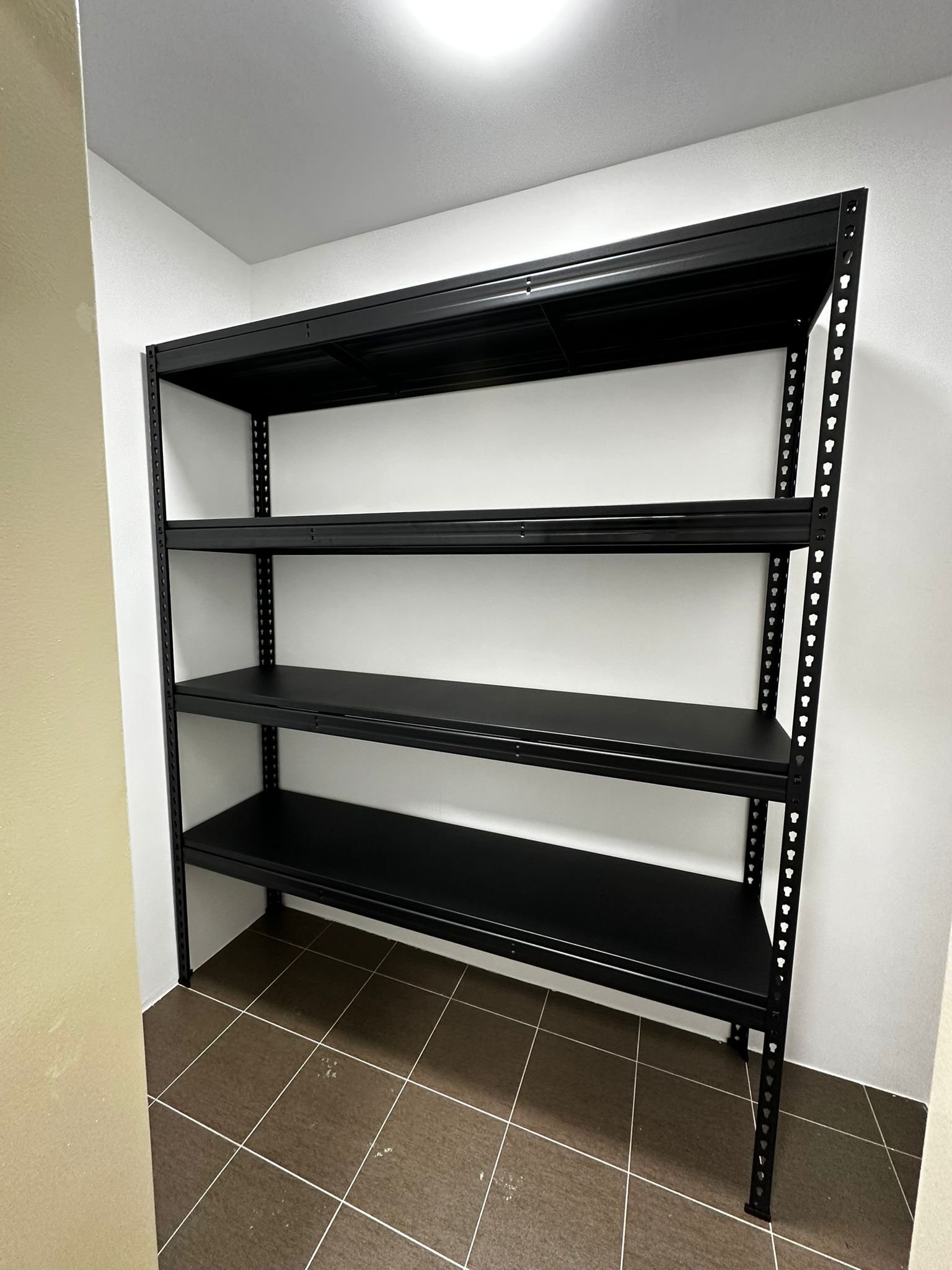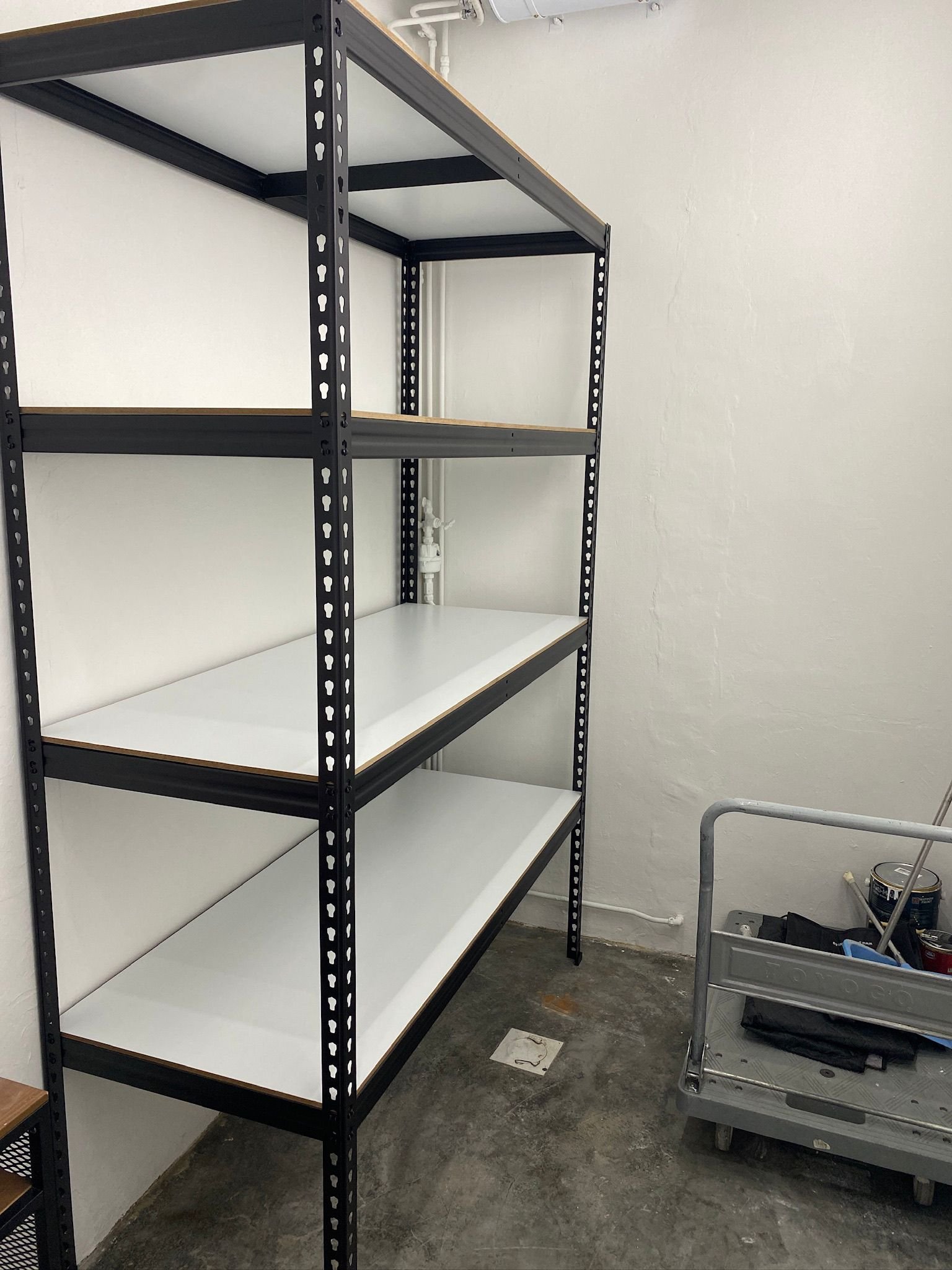Why height increase ?

1840mm (Standard)
Pros:
Space Efficiency: Ideal for spaces with lower ceilings, maximizing vertical storage without sacrificing stability.
Accessibility: Easier to reach items stored on lower shelves, improving accessibility and reducing the need for ladders or step stools.
Cons:
Limited Vertical Storage: May not accommodate taller items or larger quantities of goods, limiting storage capacity.
Less Flexibility: Less room for adjusting shelf heights according to varying storage needs.
Less Visual Impact: Depending on the application, shorter racks might not be as visually striking or impressive as taller ones.
Increases Height (2160/2440/2760mm)
Pros:
Increased Storage Capacity: Offers more vertical space for storing taller items or larger quantities of goods, maximizing storage capacity.
Enhanced Flexibility: More room for adjusting shelf heights to accommodate varying storage needs and item sizes.
Visual Impact: Taller racks can make a warehouse or storage area appear more organized and efficient, providing a sense of scale and professionalism.
Cons:
Space Constraints: May not be suitable for areas with lower ceilings, potentially limiting placement options.
Accessibility Challenges: Items stored at higher levels may be more difficult to reach without additional equipment or safety measures.







